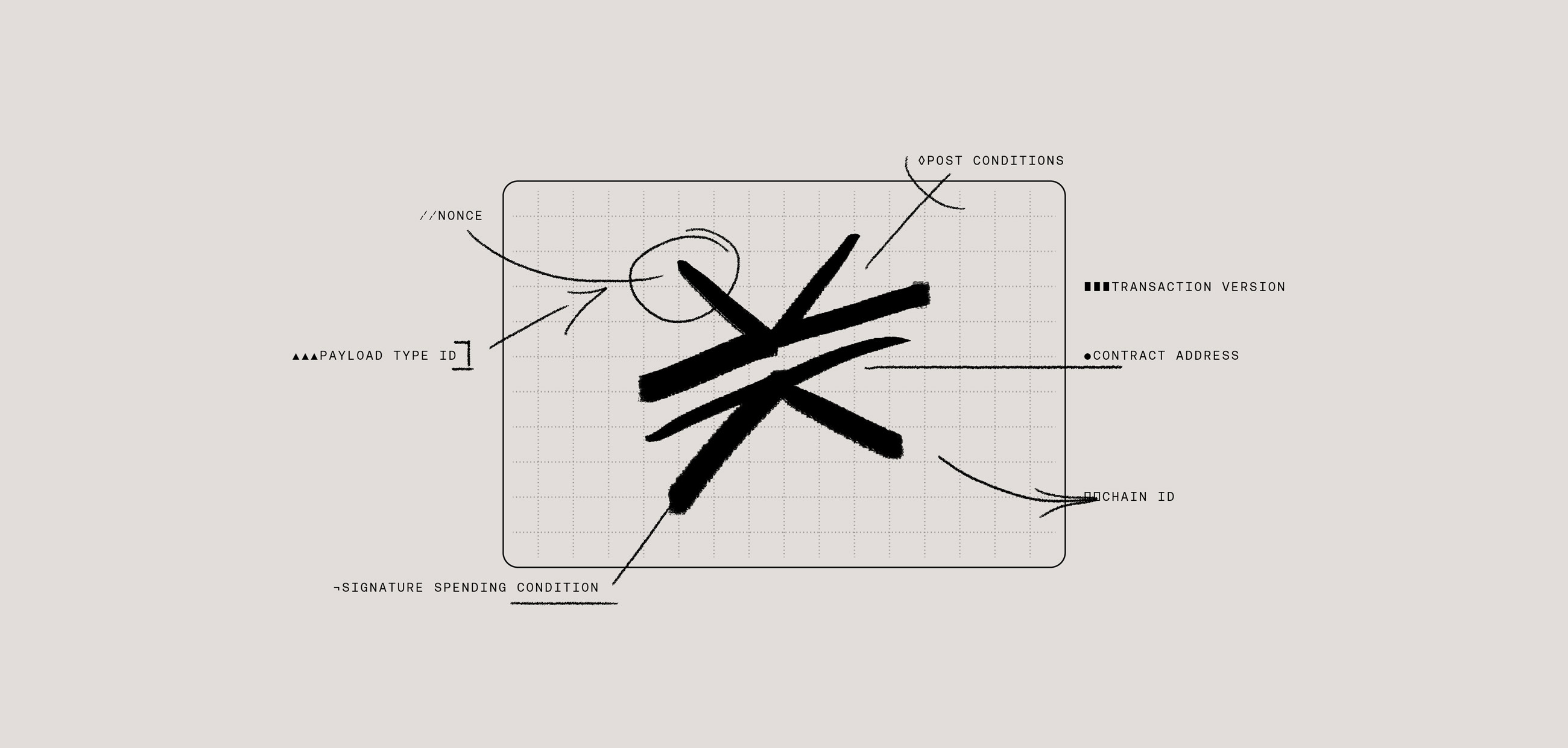Developers, startups, and blockchain enthusiasts who want to reach a broader audience should start exploring how to build for Bitcoin to access the ecosystem’s deep capital, security, and network effects. In particular you could start with Stacks, which is making Bitcoin programmable.
4 Reasons You Should Embrace Building for Bitcoin
1. Unparalleled security

As DeFi and other decentralized solutions continue to gain increased mass-market adoption, there’ll be a need to guarantee the security of users’ data, digital assets, and transactional activities. Many second- and third-generation blockchains are grappling with security challenges.
For instance, in 2020, Ethereum Classic suffered three 51% attacks. Cybersecurity researchers at Atlas VPN reported that there were 12 successful attacks against blockchain protocols in 2020.
Bitcoin has never been hacked because the financial resources required to hack the network make it a futile venture. Bitcoin has been resilient to attacks, shocks, and stress for more than a decade. Building for Bitcoin means that your dApps, DeFi, and tokens are protected by a strong security architecture.
2. Broad-based adoption driving deep liquidity

Bitcoin’s economics is driving broad-based adoption. Traditional financial institutions and Fortune 500 companies now hold Bitcoin on their balance sheets. There are now Bitcoin ETFs in the U.S. and in other countries, and Bitcoin is now a legal tender in El Salvador.
Bitcoin’s broad adoption, in turn, enables it to have deeper liquidity than other blockchains. As of November 9, 2021, Bitcoin had a 24-hour trading volume of more than $40.47 billion. In contrast, Bitcoin’s closest competitors by market cap, Ethereum, Binance Coin, Cardano, and Solana, only have 24-hour trading volumes of $19.30 billion, $2.19 billion, $7.37 billion, and $2.66 billion, respectively.
When you build for Bitcoin, the depth of liquidity in the Bitcoin ecosystem makes it easier to create liquidity pools. These pools could power decentralized lending, trading, and yield generation, among others. The deep liquidity also makes your project more attractive as retail and institutional users enjoy easy entry and exit.
3. Universal standard for digital assets

Bitcoin is already the universal standard for cryptocurrencies. The price of Bitcoin determines the direction of the crypto market. Bitcoin is the main token against which all other tokens are priced.
Dr. Saifedean Ammous, the author of The Bitcoin Standard, observes that Bitcoin could also become the universal standard for the settlement of both digital and traditional assets.
“Bitcoin is money free of counterparty risk, and its network can offer final settlement of large volume payments within minutes,” Dr. Ammous said. “Bitcoin can thus best be compared to settlement payments between central banks and large financial institutions, and it compares favorably to them, being infinitely cheaper and more verifiable. … Bitcoin can support an international network of 850 central banks capable of performing daily final settlement with one another.”
If the prediction that all assets will eventually settle on Bitcoin holds true, then developers will be better served by building their applications within the Bitcoin ecosystem rather than other blockchains. This premise is valid even in a future multi-chain world: making the strongest blockchain the gateway to all others is the best path for cross-chain interoperability. Building for Bitcoin could reduce the degree of separation between the computational layer and the settlement layer of digital currencies.
4. A dedicated community of early adopters, enthusiasts, and advocates

When you build for Bitcoin, you access a global community of Bitcoin miners, adopters, enthusiasts, and advocates. It is difficult to collate the number of Bitcoin wallets in the world, and the number won’t be indicative of the size of Bitcoin’s community. The number of Bitcoin wallets with a balance is probably a reliable tool, but it doesn’t account for instances in which one person holds many wallets. Also, it doesn’t account for instances in which a single wallet holds the funds of many people, such as wallets owned by crypto exchanges.
Yet, Blockchain.com, with its 38.22 million Bitcoin wallets holding a balance, provides a glimpse into the makeup of the Bitcoin community. Also, more than 60% of those wallets have held Bitcoin for more than one year.

A 2021 paper, “Measuring Utility and Speculation in Blockchain Tokens,” published by researchers at the University of Michigan, shows a marked decline in the utility demand of tokens and a corresponding increase in the speculative demand of tokens. The researchers found out that between July 2017 and April 2021, the “utility has continued to decline during and after the crypto winter to about 5% of weekly circulating supply … despite many token-linked platforms claiming to be of real-world use, actual utilization of these platforms has consistently declined ever since the initial ICO boom.”
The fact that more than 60% of Bitcoiners have been holding BTC for more than a year is a good sign. It suggests that the speculative appetite within the Bitcoin ecosystem isn’t as excessive as it is on other chains. Hence, when you build for Bitcoin, you can expect lower churn because your users won’t be chasing the next pumping project.
Here’s How You Can Start Building for Bitcoin
Bitcoin has a large, diverse, and untapped market for DeFi. Yet, this potential hasn’t attracted developers because Bitcoin is not easily programmable. Also, Bitcoiners who want to take part in DeFi have to go through centralized exchanges or use wrapped BTC on other blockchains.
Stacks is a next-generation blockchain designed to power smart contracts and decentralized applications for the Bitcoin ecosystem. Stacks connects to Bitcoin, it has visibility into Bitcoin’s state, and it enables developers to leverage Bitcoin’s capital, network effects, and security to build decentralized applications that will inherit all the amazing features of Bitcoin.
At Hiro, we create developer tools for Stacks so you can build apps and smart contracts for Bitcoin. If you are ready to build for Bitcoin, here are some of the things you can start creating with our developer tools.
Write fully expressive smart contracts
To get started building for Bitcoin, you can explore how to write smart contracts using Clarity. Clarity is an open-source programming language designed by researchers at MIT and Princeton. It provides developers with the predictability and security needed to boost user confidence in smart contracts.
Clarity is an interpreted language in which human-readable source codes for every smart contract are present on the blockchain. Also, Clarity is decidable, and you can expect your code to perform exactly as expected.
Create decentralized applications secured by Bitcoin
Stacks provides additional capabilities beyond the core competencies of Bitcoin. But it enables you to build decentralized applications with visibility into Bitcoin’s chain.
Stacks uses innovative solutions such as its Proof of Transfer (PoX) consensus mechanism and microblocks to enable you to build for Bitcoin. You can now build apps that enjoy Bitcoin’s unparalleled security without needing to modify Bitcoin’s code.
Mint fungible tokens and non-fungible tokens (NFTs)
Bitcoin provides provable settlement assurances that make it practically impossible to alter or cancel transactions once settled. You can leverage this settlement assurance to launch tokens and NFTs for a wide range of financial services and applications.
By launching tokens powered by Bitcoin, you could speed up their adoption by riding on capital and network effects within the Bitcoin ecosystem.
Create and Expand Bitcoin-backed stablecoins
You can now mint stablecoins that are backed by a Bitcoin reserve using the Stacks blockchain. Arkadiko has already launched a crypto-collateralized stablecoin (USDA)on Stacks, and Circle has revealed that USDC is on its way to Stacks. Both Arkadiko and USDC model how developers can create or expand stablecoins with Stacks.
If your DeFi project doesn’t need you to create a Bitcoin-backed stablecoin from scratch, you can leverage the existing stablecoins on Stacks to provide a means of stable exchange within your project.
Offer Bitcoin-collateralized lending applications
Bitcoin is an established base settlement layer for digital assets. According to Ruchir Sharma, Head of Emerging Markets and Chief Global Strategist at Morgan Stanley Investment Management, Bitcoin has the potential to become a world reserve currency.
As Bitcoin continues to prove that it is a reliable store of value, you can expect that fewer people would want to sell their Bitcoin holdings. This hesitation to sell Bitcoin provides an opportunity to build financial products in which Bitcoin is a form of collateral.
For instance, you can build an application for people to take out a mortgage against their Bitcoin holdings without selling their BTC or taking it outside the Bitcoin network into another chain. You can build DeFi applications for Bitcoin holders to get P2P credit against their Bitcoin. The best part is that the credit history and creditworthiness can be tracked and validated on-chain.
This collateralization enables Bitcoin’s DeFi activities to happen with the Bitcoin ecosystem. It also neutralizes the centralized risk that happens when people deploy their BTC to centralized exchanges to trade. Also, Bitcoin collaterals keep Bitcoin-DeFi activities within the Bitcoin network by eliminating the need for synthetic BTC used for DeFi on other chains.

Futureproof Your Project by Building for Bitcoin
At Hiro, we have built developer tools to extend the programmability of Bitcoin through the Stacks blockchain. We believe that dApps, NFTs, and DeFi projects can leverage the security, capital, community, and brand value within the Bitcoin ecosystem to compete with projects built on other blockchains — and win.
Hiro is also a major contributor to the development of Stacks blockchain, and we are actively empowering developers with the tools needed to build, ship, and use apps and smart contracts within the Bitcoin ecosystem.
Learn more about Bitcoin's evolution in our free guide to see how Bitcoin became an ecosystem for Web3 apps.







